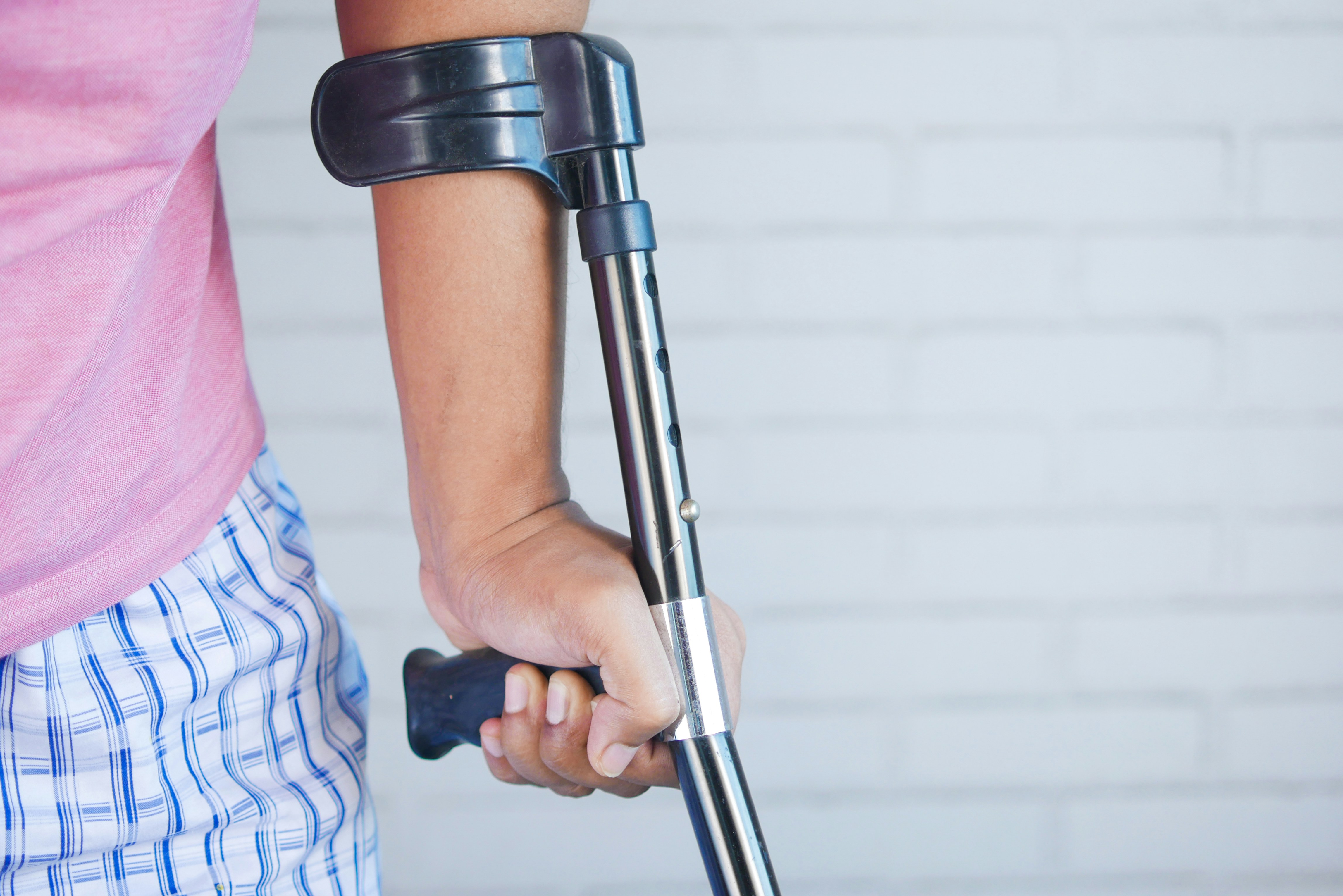HSE Statistics for 2021
Education ill health rates "significantly higher" than average.
On 16th December 2021, The Health and Safety Executive (HSE) published its annual statistics on health and safety at work. Education shows the third-highest rate of self-reported work-related ill health and non-fatal injury, coming just below Human health/social work and Public administration/defence with 4290 cases of ill health per 100,000 workers.

The effect of the pandemic
Two new estimates have been developed to measure the impact of the coronavirus (COVID-19) pandemic; 93,000 workers across all sectors self-reported catching COVID-19 at work; 52,000 of these worked in the human health and social work sector 645,000 workers across all sectors reported that their work-related illness was caused or made worse by the coronavirus pandemic; 70% of these were cases of stress, depression or anxiety.
The effects of the pandemic on existing illnesses

The chart above shows new and long-standing cases of work-related ill health caused or made worse by the effects of the coronavirus pandemic by type, 2020/21.
93,000 workers in all sectors reported suffering COVID-19 in 2020/21 which they believe may have been from exposure to coronavirus at work (new or long-standing). Around half of those suffering were in human health and social work activities.
645,000* workers in all sectors reported suffering from a work-related illness caused or made worse by the effects of the coronavirus pandemic (new or long-standing) in 2020/21. Around 20% of those suffering were in human health and social work activities.
Around 2.5% of workers in the education sector reported suffering from a work-related illness they believed was caused or made worse by the effects of the pandemic (new or long-standing cases). This rate is statistically significantly higher than that for workers across all industries (1.8%).
*Excludes the 93,000 workers in the first statistic
Rate of self-reported work-related ill health and non-fatal injury by industry

4,290
per 100,000 workers in the education sector suffered work-related illness in the last 12 months
1,560
per 100,000 workers in the education sector suffered non-fatal injuries at work in the last 12 months
There were no fatal injuries to education workers in 2020/21. This is in comparison with the annual average of 1 fatality per year during 2016/17-2020/21
Workplace injury

142
workers across all sectors lost their lives at work in 2020/21
441,000
workers across all sectors sustained a non-fatal injury according to self-reports from the Labour Force Survey in 2020/21
51,211
employee non-fatal injuries reported by employers in all sectors under RIDDOR in 2020/21
The statistics reveal that the rate of fatal injury has shown a generally downward trend but has been generally flat in recent years.
Prior to the pandemic, the rate of self-reported non-fatal injury to workers showed a broadly downward trend. In 2020/21 the rate was lower than the 2018/19 pre-coronavirus levels.
Prior to the COVID pandemic, the rate of non-fatal injury to employees reported by employers showed a downward trend. The rate fell further in 2020/21, which was more sharply than previously seen.
No new data on working days lost is available for 2020/21.

54%
of reported illnesses in the education sector were related to stress, depression or anxiety

83,000
estimated work-related cases of stress, depression or anxiety (new or long-standing), accounting for 54% of all ill-health in the education sector
Around 2.3% of workers in education reported suffering from stress, depression or anxiety they believed was work-related (new or long-standing cases).
This rate is statistically significantly higher than that for workers across all industries (1.8%).